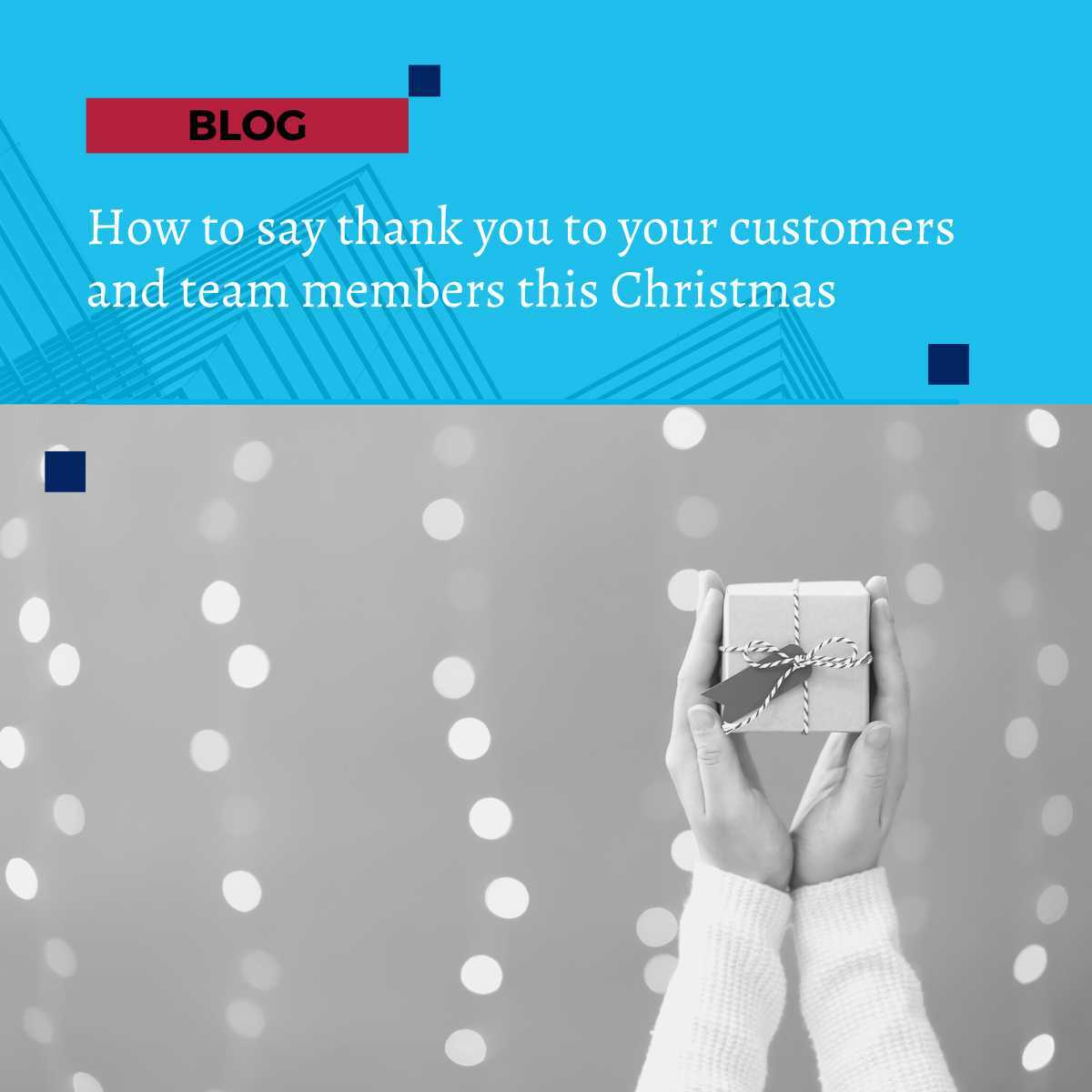
Check Your Business Performance Against the ATO Small Business Benchmarks
Check Your Business Performance Against the ATO Small Business Benchmarks
Are you interested in comparing your business performance against the ATO Small business benchmarks? It can be a useful exercise to see whether your business is performing well, on average, or lower than the benchmark figures.
Each year the ATO publishes industry-based data to highlight specific ratios of financial and other types of performance.
For example, you can compare your cost of sales to turnover, total expenses to turnover, or labour cost to turnover. Comparing to average data gives you an idea of how your business performs compared to others in your industry.
It's no problem if your ratios are different – but it can be a helpful starting place to look if you want to improve financial performance or reduce costs. If your ratios are very different from the ATO’s, then it could be worth diving deeper into your financial reports to see if you have problems that can be addressed. For example, a hospitality business might realise that its food cost is much higher than average and then take action to change suppliers and manage wastage.
The ATO benchmarks are based on your business industry code used in your activity statements and tax returns. If you’re not sure what industry you fall under, check the ATO Business industry code tool to find the correct code for your business.
To start comparing your business, you’ll need some information from your accounting software financial reports.
- Gross sales income
- Salary and wages expenses, including superannuation
- Vehicle expenses
- Interest on credit cards and loans
- Cost of sales
- Total other business expenses, including all running costs, administration, contractors, suppliers, rent, freight, training and website fees.
Once you have these totals, either from your software or your last tax return, you can compare your figures to the ATO benchmarks. Compare your business here.
Want to learn more? We can run the numbers for comparison information and then discuss areas you can target to increase profitability, reduce costs and streamline operations. Talk to us today.








